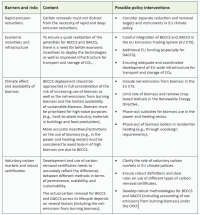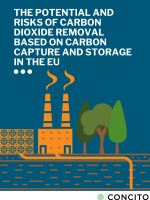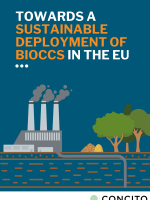The future role of BECCS and DACCS in the EU – potential and risks
The role and regulation of BECCS and DACCS in the EU is gaining increasing political traction with the proposal for a regulatory framework for the certification of carbon removals, the upcoming industrial carbon management strategy, and the policy debate around the EU climate targets and policies post-2030. At this critical juncture, it is important to assess the potential for BECCS and DACCS and the policy interventions needed to ensure a sustainable deployment of these technologies in the EU.
CONCITO estimates that the current amount of emitted biogenic CO₂ is around 209 million tonnes per year from large scale energy and industry facilities as well as biogas production in the EU. Due to the lack of robust official data, the current amount of emitted biogenic CO₂ is underestimated to some extent. The European Commission is recommended to propose obligations for all industrial facilities to report and account biogenic CO₂ emissions as an important step for informed decision-making moving forward.
The potential of BECCS and DACCS towards reaching climate neutrality and net-negative emissions hereafter in the EU remains unclear and depends on residual emissions, technology costs, infrastructure development, availability of sustainable biomass as well as political and social acceptance. At the same time, the use of biomass could more than double towards 2050, if regulation in the EU remains unchanged, putting pressure on carbon stocks, biodiversity, and food security.
In this light, CONCITO recommends considering a broad range of policy interventions to include BECCS and DACCS in EU climate policy and mitigate identified barriers and risks:






